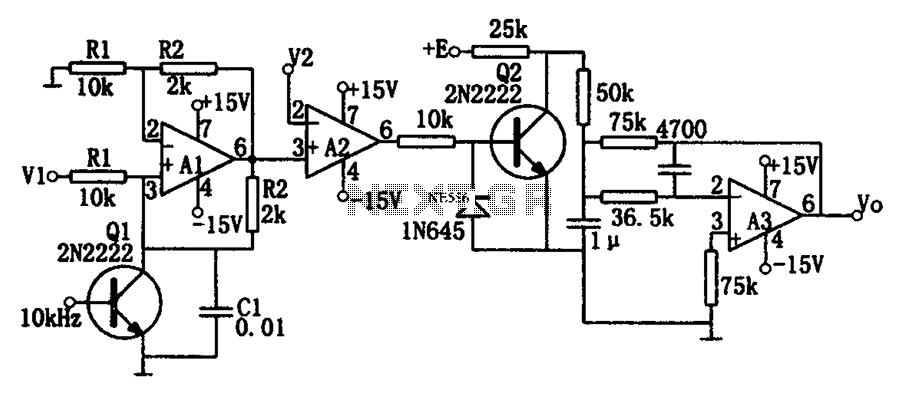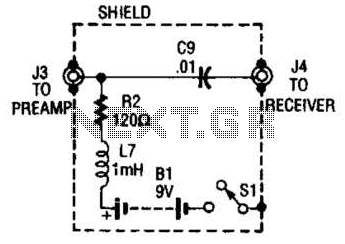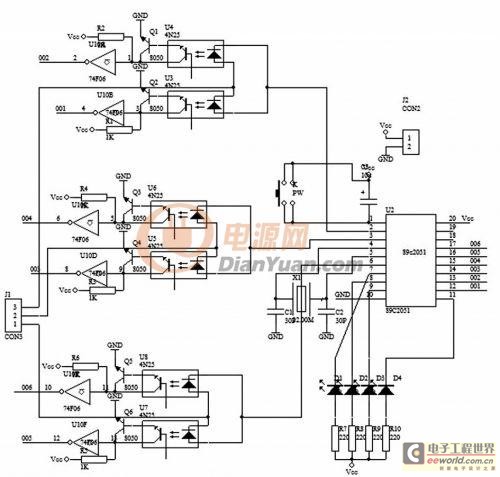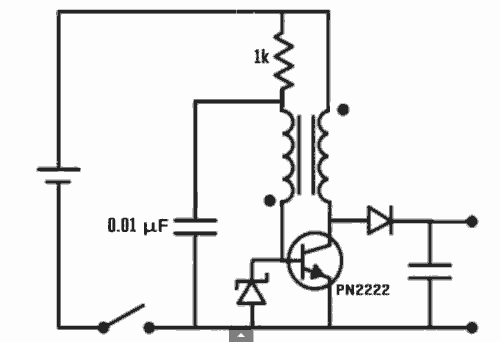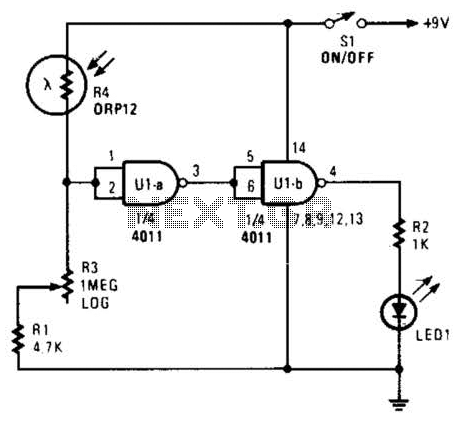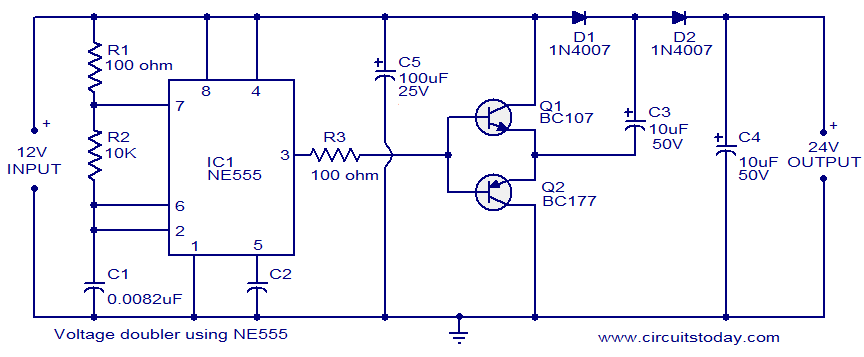
Cuckoo Sound Generator Circuit
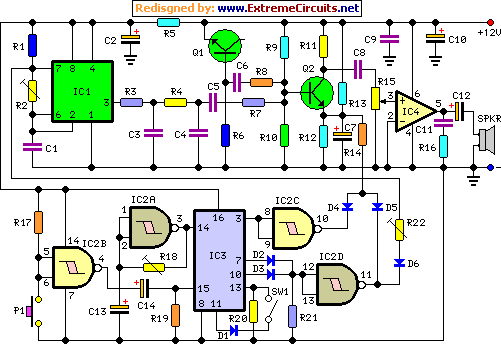
This circuit produces a two-tone effect similar to the cuckoo song. It is suitable for use in doorbells or other applications due to its integrated audio amplifier and loudspeaker. When utilized as a sound effect generator, it can be connected to external amplifiers, tape recorders, etc. In this scenario, the built-in audio amplifier and loudspeaker can be omitted, and the output can be taken from C8 to ground. There are two operational modes: free-running mode when SW1 is left open, and one-shot mode when SW1 is closed. In the one-shot mode, a two-tone cuckoo song will be generated with each press of P1.
The circuit operates by generating distinct audio frequencies that mimic the sounds of a cuckoo. The two-tone effect is achieved through a combination of oscillators, which are configured to produce two different frequencies. These frequencies are mixed to create the characteristic sound. The integrated audio amplifier is responsible for driving the loudspeaker, allowing the sound to be emitted at a sufficient volume for practical applications such as doorbells.
When the circuit is in free-running mode, it continuously cycles through the two tones, creating an ongoing cuckoo sound. This mode is useful for applications where a persistent sound is desired. Conversely, in one-shot mode, the circuit is triggered by a momentary press of switch P1, generating the two-tone effect once per activation. This feature is particularly useful for doorbell applications, where the sound is only needed upon pressing the button.
The circuit components include resistors, capacitors, and transistors that form the oscillating circuit, alongside the audio amplifier for sound output. The choice of values for these components will affect the frequency and quality of the sound produced. For external connections, the output can be taken from the capacitor C8, allowing for flexibility in how the sound is utilized, whether through additional amplification or recording.
Overall, this circuit provides a versatile solution for generating a recognizable and pleasant two-tone sound, suitable for various applications in electronic sound generation.This circuit generates a two-tone effect very much alike the cuckoo song. It can be used for door-bells or other purposes thanks to a built-in audio amplifier and loudspeaker. Used as a sound effect generator it can be connected to external amplifiers, tape recorders etc. In this case, the built-in audio amplifier and loudspeaker may be omitted and the output taken across C8 and ground.
There are two options: free running, when SW1 is left open, and one-shot, when SW1 is closed. In this case a two-tone cuckoo song will be generated at each P1 pressing.. 🔗 External reference
The circuit operates by generating distinct audio frequencies that mimic the sounds of a cuckoo. The two-tone effect is achieved through a combination of oscillators, which are configured to produce two different frequencies. These frequencies are mixed to create the characteristic sound. The integrated audio amplifier is responsible for driving the loudspeaker, allowing the sound to be emitted at a sufficient volume for practical applications such as doorbells.
When the circuit is in free-running mode, it continuously cycles through the two tones, creating an ongoing cuckoo sound. This mode is useful for applications where a persistent sound is desired. Conversely, in one-shot mode, the circuit is triggered by a momentary press of switch P1, generating the two-tone effect once per activation. This feature is particularly useful for doorbell applications, where the sound is only needed upon pressing the button.
The circuit components include resistors, capacitors, and transistors that form the oscillating circuit, alongside the audio amplifier for sound output. The choice of values for these components will affect the frequency and quality of the sound produced. For external connections, the output can be taken from the capacitor C8, allowing for flexibility in how the sound is utilized, whether through additional amplification or recording.
Overall, this circuit provides a versatile solution for generating a recognizable and pleasant two-tone sound, suitable for various applications in electronic sound generation.This circuit generates a two-tone effect very much alike the cuckoo song. It can be used for door-bells or other purposes thanks to a built-in audio amplifier and loudspeaker. Used as a sound effect generator it can be connected to external amplifiers, tape recorders etc. In this case, the built-in audio amplifier and loudspeaker may be omitted and the output taken across C8 and ground.
There are two options: free running, when SW1 is left open, and one-shot, when SW1 is closed. In this case a two-tone cuckoo song will be generated at each P1 pressing.. 🔗 External reference
